- No products in the cart.
Irifrin BC drops Ch. 2.5% 0.4ml Tub-cap. 15 pc
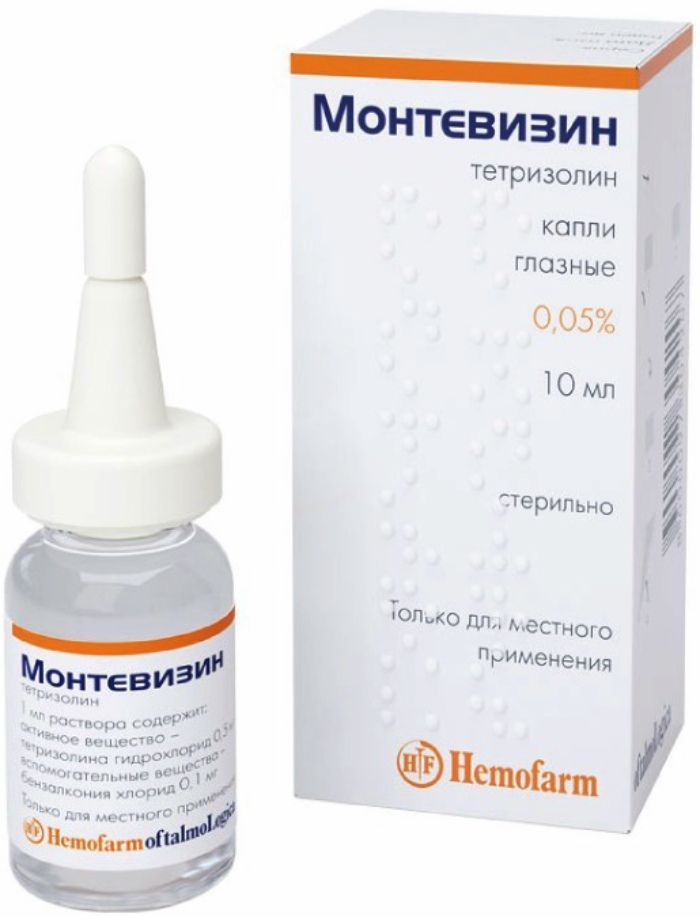
Montevizin drops Ch. 0.05% 10ml
$9.32
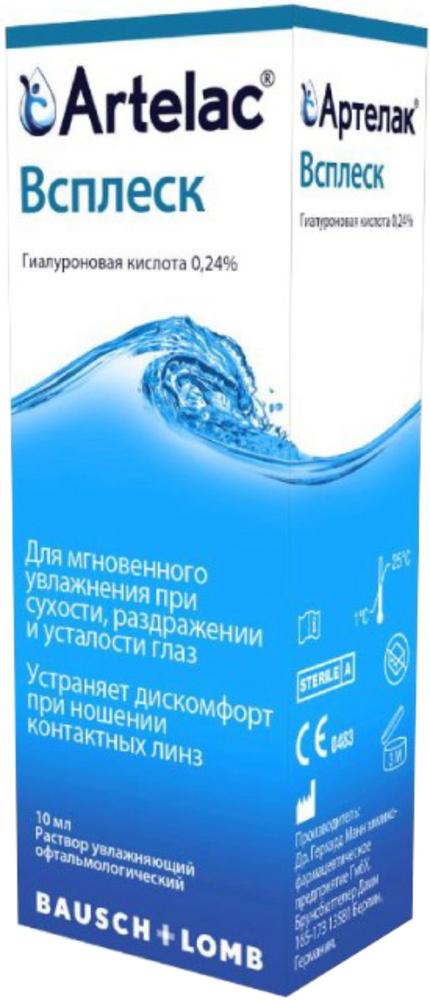
Artelak splash Ophthalmic solution moisturizing 10ml vial
$11.69
$15.21
Irifrin BC drops Ch. 2.5% 0.4ml Tub-cap. 15 pc
Description
Composition
Active substance:
1 ml of solution contains: 25 mg of phenylephrine hydrochloride ,.
Excipients:
Disodium edetate 1.0 mg Sodium metabisulphite 2.0 mg, 1.16 mg citric acid, sodium citrate dihydrate q.s., hypromellose 3.0 mg Water for injection to 1 ml.
Description:
The clear solution from colorless to pale yellow.
Product form:
2.5% eye drops (without preservative). In a 0.4 ml disposable tubes dropper. 5 tubes, droppers in the package of laminated paper.
3 package made of laminated paper pack carton along with instructions for use.
Contraindications
Hypersensitivity to the drug.
Or narrow-angle closure glaucoma.
Hypertension in conjunction with CAD, aortic aneurysm, atrioventricular block I – III extent fibrillation.
Tachycardia.
Diabetes mellitus type I history.
Permanent receiving monoamine oxidase inhibitors, tricyclic antidepressants, antihypertensive drugs.
Additional mydriasis during surgeries in patients with impaired integrity of the eyeball, as well as when tackle slezoproduktsii.
Reduced body weight in newborns
Hyperthyroidism.
Hepatic porphyria.
Congenital deficiency of glucose-6-phosphate dehydrogenase.
Lactation.
Carefully.
Patients with type II diabetes – increased blood pressure increase the risk.
Elderly patients – increased risk of reactive miosis.
Exceeding the recommended dose of a 2.5% solution in patients with injuries, eye diseases or its appendages, postoperative or with decreased tear production may increase the absorption of phenylephrine and systemic adverse effects.
Because hypoxia causes conjunctiva – patients with sickle-cell anemia while wearing contact lenses after surgery (wound reduction).
When cerebral arteriosclerosis, long-existing asthma.
Dosage
25 mg / ml
Indications
Iridocyclitis (for prevention of posterior synechiae and reduce exudation of the iris).
Mydriasis during ophthalmoscopy and other diagnostic procedures necessary to control the posterior segment of the eye condition in laser interventions in the fundus and vitreoretinal surgery.
Conducting provocative test in patients with narrow profile of anterior chamber angle and suspected closure glaucoma.
Differential diagnosis of superficial and deep injection of the eyeball.
Syndrome of “red eye” (to reduce redness and irritated mucous membrane of the eye).
Prevention asthenopia and accommodation spasm in patients with high visual load.
Treatment false myopia (spasm of accommodation) and prevention of the progression of myopia in patients true with high visual load.
Interaction with other drugs
Mydriatic phenylephrine effect is enhanced when used in combination with topical application of atropine.
Due to increased pressor action may develop tachycardia.
Application Irifrina® BK for 21 days after discontinuation of patients monoamine oxidase inhibitors, and tricyclic antidepressants must be administered with caution, because in this case there is an uncontrolled rise in blood pressure.
Pressor effect of adrenergic agents may also be potentiated when combined with tricyclic antidepressants, beta-blockers, reserpine, guanethidine, methyldopa and m-holinoblokatorami.
Irifrin® BC may potentiate the inhibition of cardiovascular activity during inhalation anesthesia by increasing the sensitivity of the myocardium to sympathomimetics and occurrence of ventricular fibrillation.
Application together with other sympathomimetics may increase cardiovascular effects of phenylephrine.
The use of phenylephrine can cause weakening of concomitant antihypertensive therapy and result in an increase in blood pressure, tachycardia.
Pre-instillation of local anesthetics may increase the systemic absorption and prolong mydriasis.
Overdose
Overdose symptoms are anxiety, nervousness, dizziness, sweating, vomiting, heart palpitations, weak or shallow breathing.
When systemic action occurs phenylephrine arrest undesirable phenomena can be achieved by use of alpha-adrenoceptor blocking agents, for example, from 5 to 10 mg of phentolamine intravenously.
If necessary, the injection can be repeated.
pharmachologic effect
Pharmacological group:
Alpha -adrenomimetik.
Pharmacodynamics:
Phenylephrine – sympathomimetic.
It has expressed the alpha-adrenergic activity.
The local application in ophthalmology causes dilation of the pupil, enhances the outflow of intraocular fluid and constricts blood vessels of the conjunctiva.
Phenylephrine has a strong stimulating effect on the postsynaptic alpha-adrenergic receptors, has very little effect on the beta-adrenergic receptors of the heart.
The drug has vasoconstrictor action similar to the action of norepinephrine (noradrenaline), while it is practically no chronotropic and inotropic effect on the heart.
Pressor effect of phenylephrine is weaker than that of norepinephrine, but is longer.
Causes vasoconstriction after 30-90 seconds after instillation, duration of 2-6 hours.
After instillation of phenylephrine reduces the iris dilator muscle and smooth muscle of the arterioles of the conjunctiva, thereby causing mydriasis.
Mydriasis occurs within 10-60 minutes after a single instillation. Continues after instillation of a 2.5% solution and maintained for 2 hours. Mydriasis caused by phenylephrine, is not accompanied by cycloplegic.
Pharmacokinetics:
Phenylephrine easily penetrates into the ocular tissue, the peak plasma concentration occurs within 10-20 minutes after topical application.
Phenylephrine is excreted by the kidneys in unchanged form (
Pregnancy and breast-feeding
The animals in late pregnancy phenylephrine caused fetal growth retardation and stimulated early onset of labor.
Action Irifrina® BC in pregnant women are poorly understood, therefore, to use the drug in such patients should be only if the expected benefit to the mother outweighs the risk of possible side effects to the fetus.
In the case of the appointment of the drug during lactation, breast-feeding should be discontinued.
Conditions of supply of pharmacies
On prescription.
side effects
Local.
Conjunctivitis, keratitis, periorbital edema, eye pain, burning during instillation, lacrimation, blurred vision, irritation, discomfort, increased intraocular pressure, blocking the anterior chamber angle (angle at the narrowing), allergic reactions, reactive hyperemia.
Phenylephrine can cause reactive cramps the day after application.
Repeated instillation of the drug at this time may give less pronounced mydriasis than the day before.
This effect is often seen in elderly patients.
Due to the significant reduction of pupil dilator exposed to phenylephrine in 30-45 minutes after instillation in the anterior chamber humidity may be detected by the pigment particles from the pigment leaf of the iris.
The slurry moisture in the chamber must be differentiated manifestations anterior uveitis or to exposure of blood cells in the anterior chamber of moisture.
System.
Contact dermatitis.
Cardio-vascular system:
Palpitations, tachycardia, arrhythmia, increased blood pressure, ventricular fibrillation, reflex bradycardia, coronary artery occlusion, pulmonary embolism.
Storage conditions
In the dark place at a temperature not higher than 25 ° C. Do not freeze.
Keep out of the reach of children.
Dosing and Administration
When conducting ophthalmoscopy are used single instillation of 2.5% Irifrina® BK solution. Typically, to create sufficient mydriasis administration of 1 drop of a 2.5% solution of BC Irifrina® in the conjunctival sac.
Maximum mydriasis achieved after 15-30 minutes and is retained at a sufficient level for 1-3 hours.
If necessary, maintaining mydriasis for a long time after 1 Hour Possibility repeated instillation Irifrina® BK.
To carry out diagnostic procedures:
as provocative test in patients with narrow profile of anterior chamber angle and suspected closure glaucoma is dug 1 drop of the preparation once. If the difference between the values of intraocular pressure before instillation and after BK Irifrina® mydriasis is 3 to 5 mm Hg. Art., The provocation test is considered positive;
for differential diagnosis injection type eyeball dug 1 drop of the preparation once if 5 minutes after instillation indicated vasoconstriction eyeball, the injection is classified as surface while maintaining redness eyes must carefully examine the patient for the presence iridocyclitis or scleritis, since it indicates expanding deeper-lying vessels.
When iridotsiklitah to prevent the development and breaking the already formed posterior synechiae and to reduce exudation into the anterior chamber 1 drop of the preparation dropped into the conjunctival sac of the patient’s eye 2-3 times a day 5-10 days depending on the severity of the disease.
Pupils with mild myopia prevention of spasm of accommodation for a period of high visual load 1 drop Irifrina® BK is dug in the evening before bedtime, in progressive myopia moderate 3 times a week at night before bedtime, at emmetropia – during the day depending on the load.
With hyperopia with a tendency toward spasm of accommodation power at high visual load instilled evening Irifrin® BK combined with 1% cyclopentolate solution.
In normal visual load instilled Irifrin® BC 3 times a week in the evening before bedtime.
In the treatment of false and true myopia 1 drop Irifrina® BC buried in the evening before going to bed 2-3 times a week for a month.
Information
Appearance may differ from that depicted in the picture. There are contraindications. You need to read the manual or consult with a specialist
Additional information
| Weight | 0.100 kg |
|---|---|
| Manufacturer | Sentis |

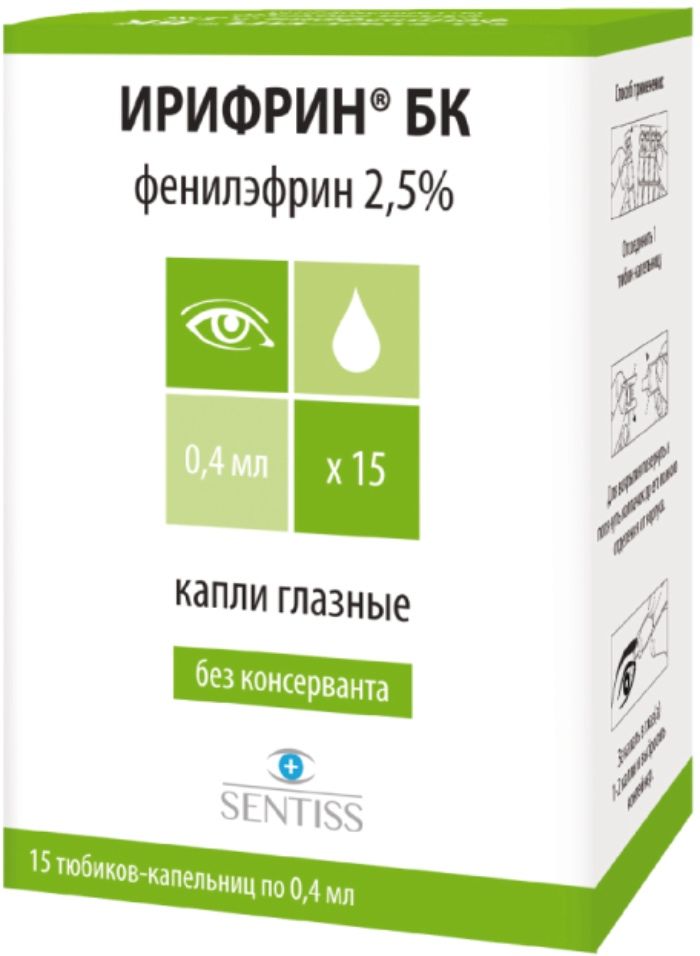
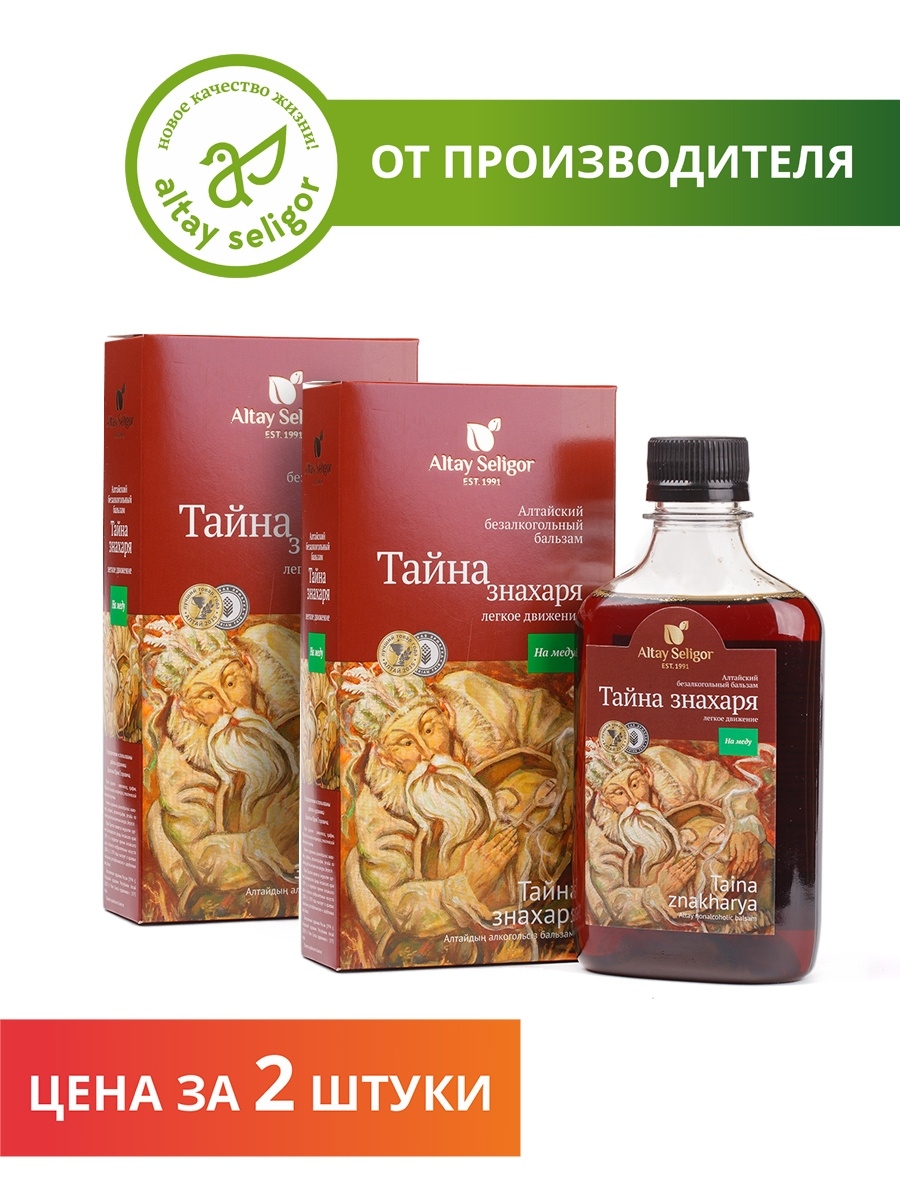
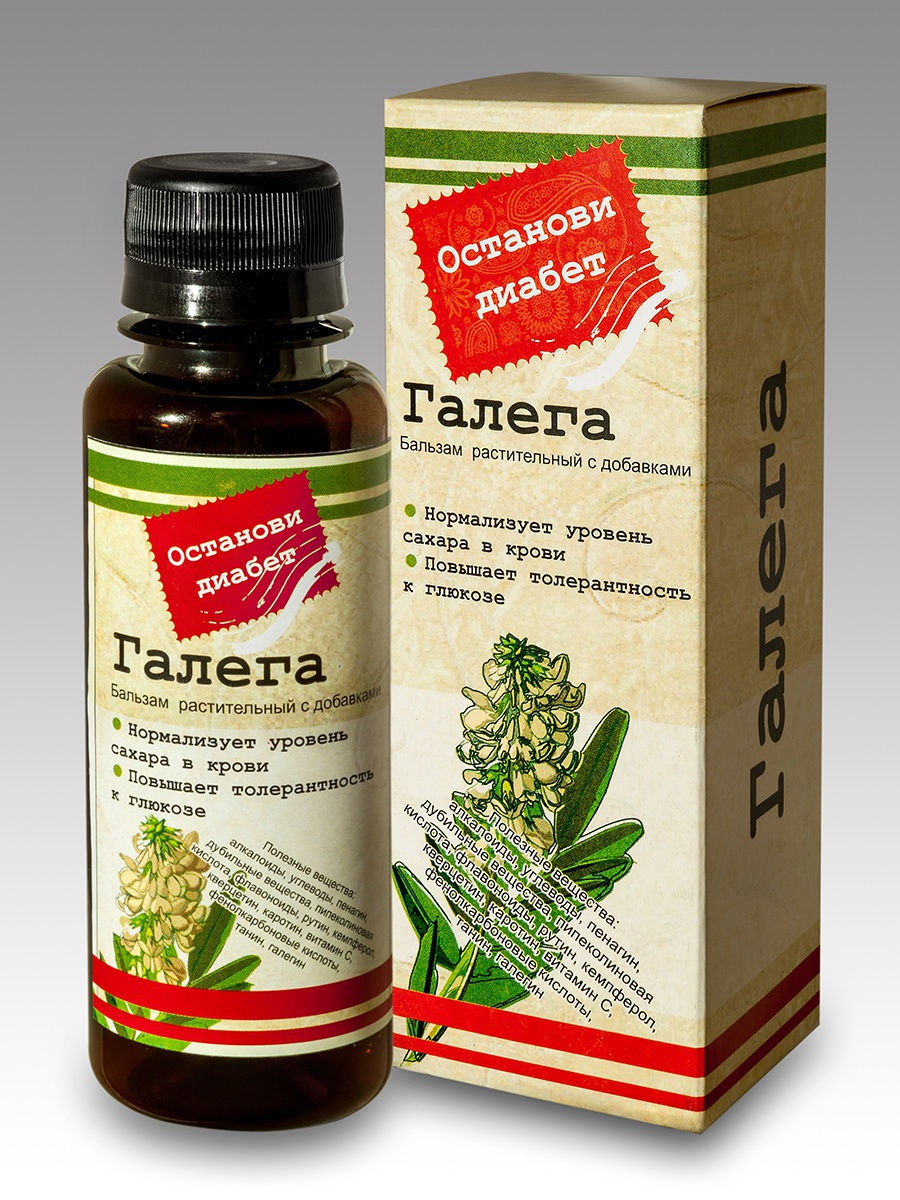
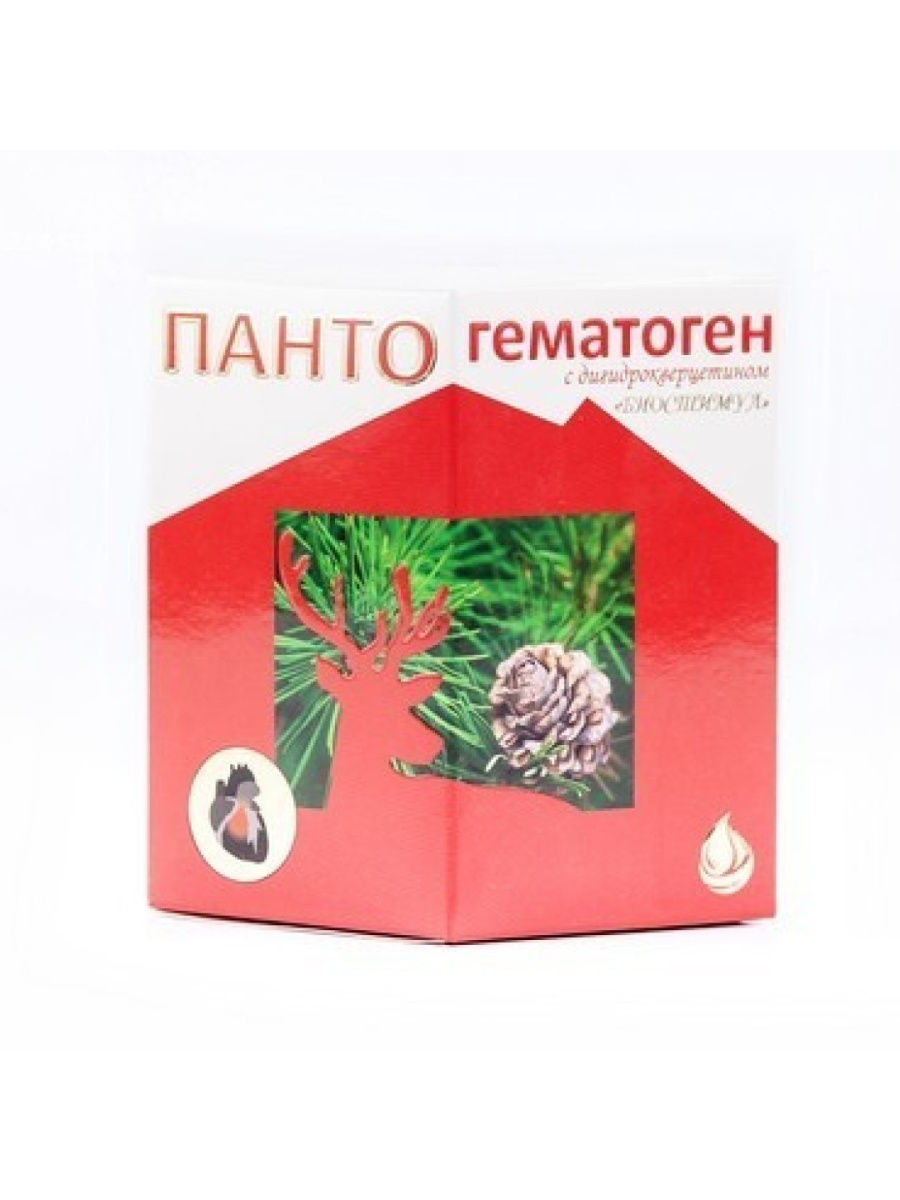

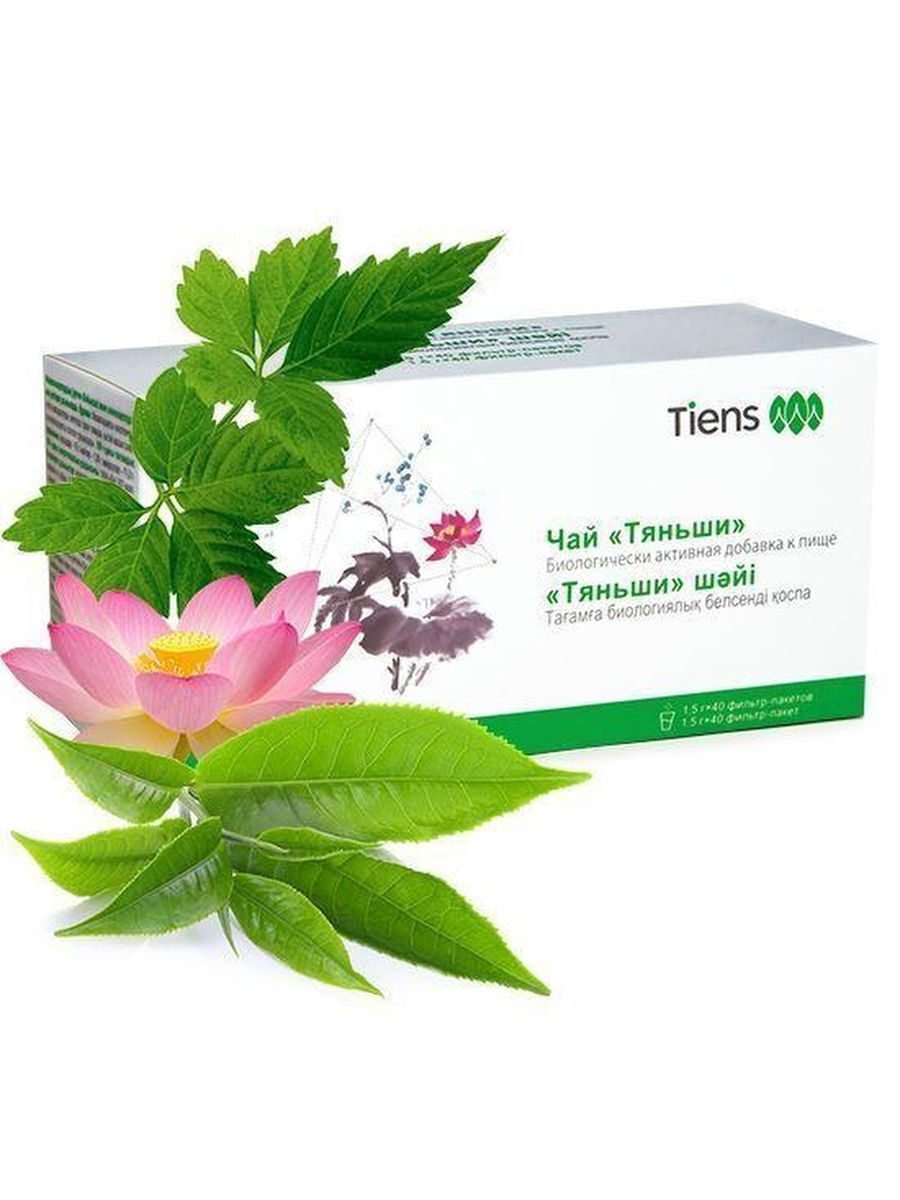
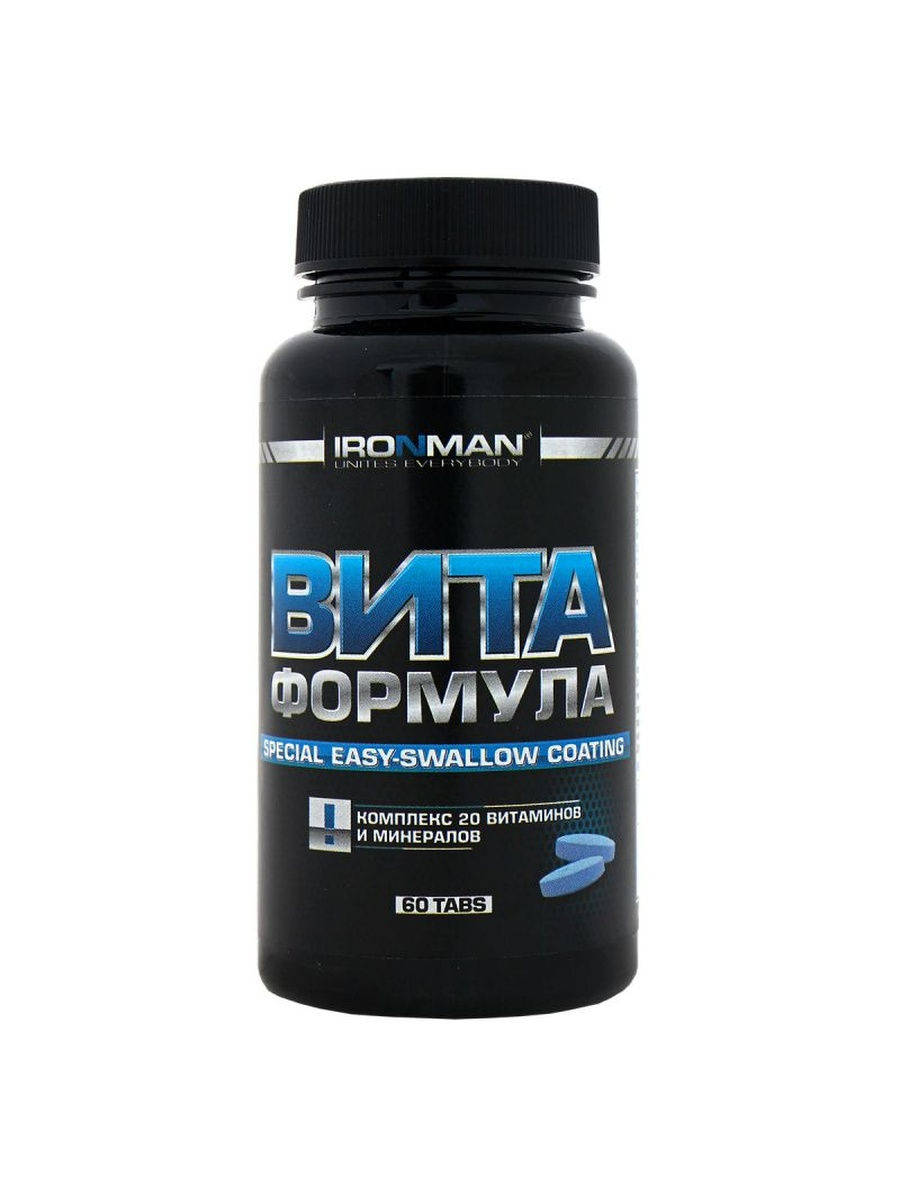



There are no reviews yet.